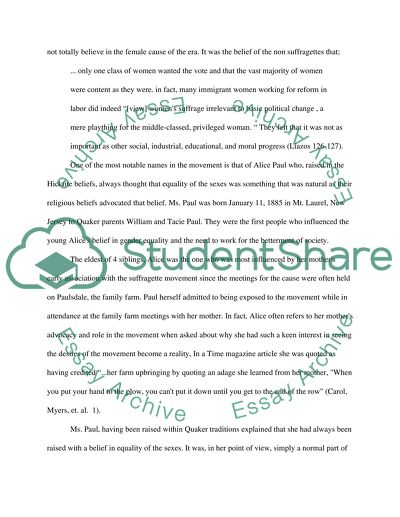Cite this document
(“American Women suffrage movement Essay Example | Topics and Well Written Essays - 1750 words”, n.d.)
Retrieved from https://studentshare.org/history/1490506-american-women-suffrage-movement
Retrieved from https://studentshare.org/history/1490506-american-women-suffrage-movement
(American Women Suffrage Movement Essay Example | Topics and Well Written Essays - 1750 Words)
https://studentshare.org/history/1490506-american-women-suffrage-movement.
https://studentshare.org/history/1490506-american-women-suffrage-movement.
“American Women Suffrage Movement Essay Example | Topics and Well Written Essays - 1750 Words”, n.d. https://studentshare.org/history/1490506-american-women-suffrage-movement.


